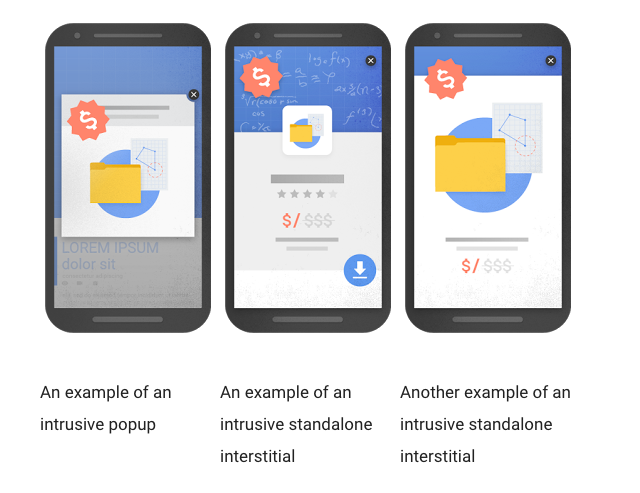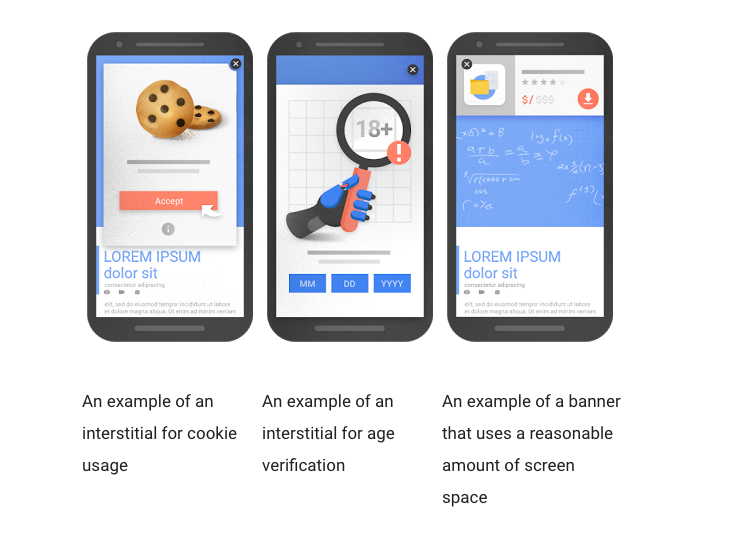Google will now penalize sites that employ aggressive in-page popups or interstitial adverts, by suffering with their ranking with Google Search. This is to make pages more user friendly and readable, and while most of them are, there is many examples of intrusive interstitials interrupting users browsing the web. The underlying content is present on the page and available to be indexed by Google, content can be visually obscured by an interstitial.
It’s frustrating as it leaves users unable to easily access content that they wanted to see when they tapped on the search result. When the content isn’t easily accessible it provides a poor experience.
To improve this, Google have announced that from January 10th, 2017, pages where content isn’t immediately accessible to a user on the transition from mobile search results may not rank as high.
Some examples of this include
-Showing a popup that covers the main content, immediately after a user navigated to a page from the search results.
-Displaying a standalone interstitial that the user has to dismiss before accessing the main content.
-Using a layout where the above-the-fold portion of the pages appears similar to a standalone interstitial, but the original content has been inlined underneath the fold.
Here are some examples:

To contrast, here are some examples of techniques that, used responsibly would not be affected by the new signal:

It’s important to remember this new signal, is just one of hundreds of signals that are used in ranking. The intent of the search query is still a strong signal, so a page rank highly, if it has great content.





